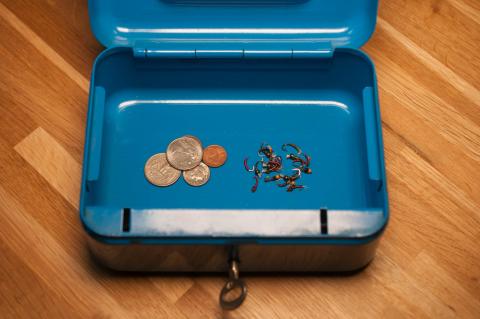Hi Flywalleye, that sounds like some great fishing, which switch rod do you use? I am thinking of getting one for the Tongariro river and some light saltwater work.
Mostly I fish the beautful Tongariro or the Whanganui Rver upstream from Taumaranui. The Tongariro demands some fairly heavy gear as mostly I am casting big tungsten bead nymphs to get down. (if your not on the bottom your not fishing) So the Whanganui makes a nice change, I can get the 5 weight out and fish some dry fly or some combo rigs.
Here is a pic of the Tongariro:
[img:2b315d77b2]http://i399.photobucket.com/albums/pp79/mikethomasfly/IMG_0321.jpg[/img…]
Nd one from a smaller no name stream:
[img:2b315d77b2]http://i399.photobucket.com/albums/pp79/mikethomasfly/aniwhenua-rainbow…]
Hope the links work.
All the best.
Mike.
- Log in to post comments

